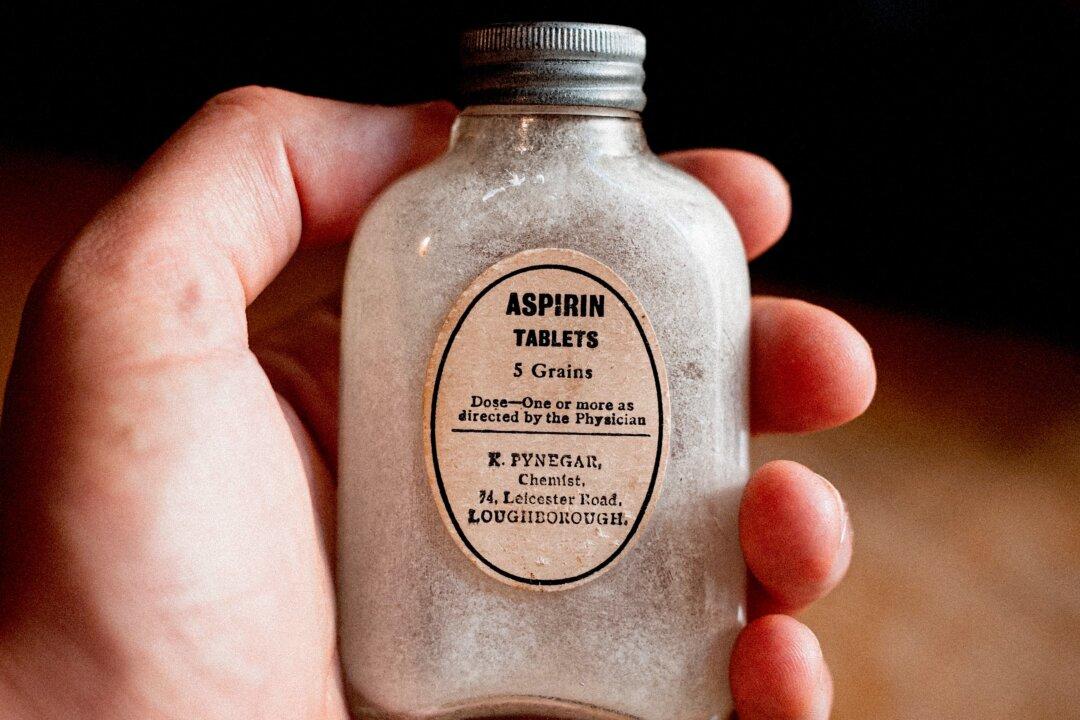You’ve heard the expression, “sugar feeds cancer” and that’s true. Cancer depends upon sugar to thrive. But what doctors have discovered is that sugar is also cancer’s Achilles Heel. Taking advantage of the cells’ extreme hunger for sugar is the secret behind the success of Insuline Potentiation Therapy in treating cancer.
PET scans are able to detect cancer by observing sugar uptake. When you drink the liquid you are given prior to the scan that contains a radioactive agent mixed with sugar water, the radioactive agent congregates in cancer cells because these cells gobble up much more sugar than normal cells.






